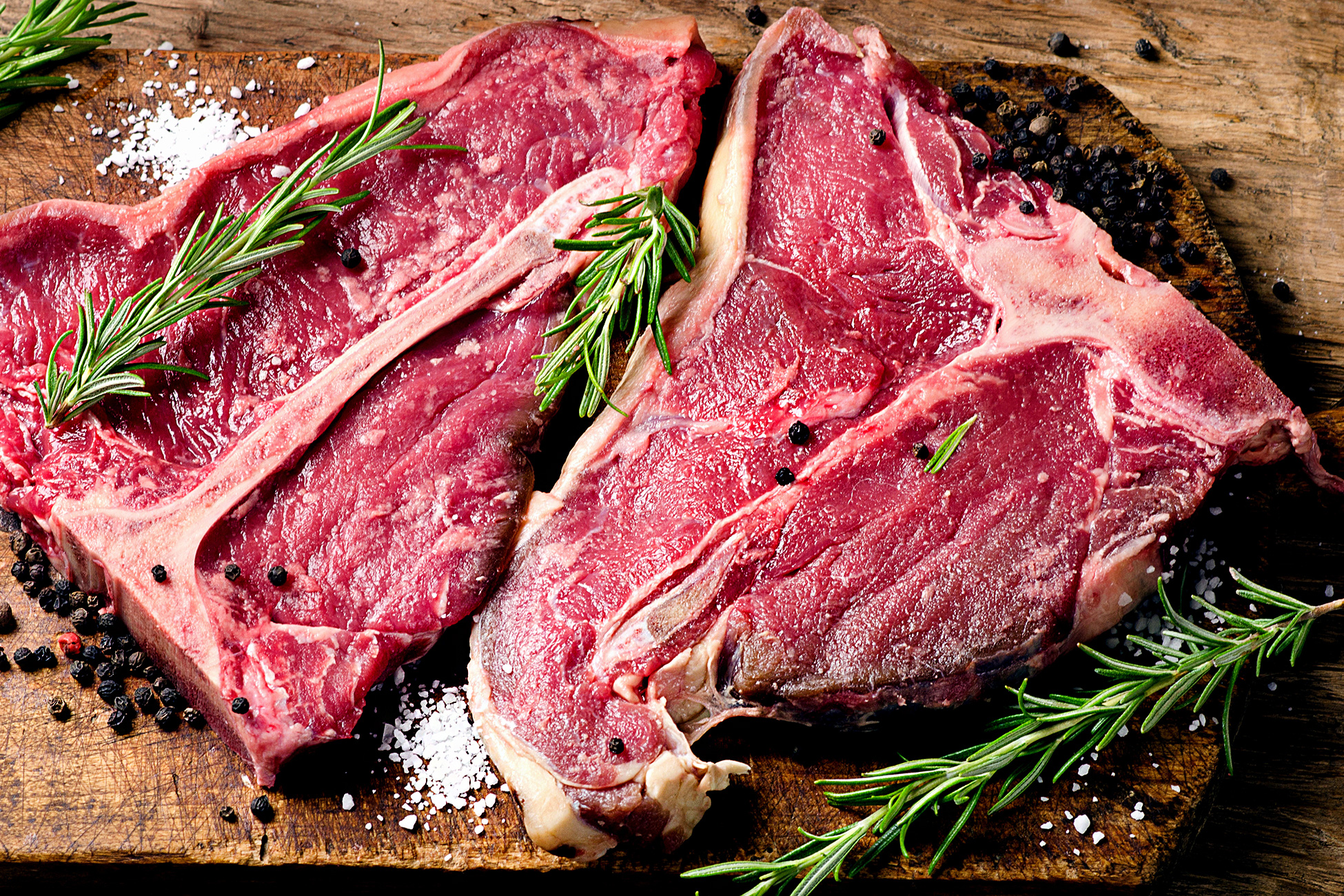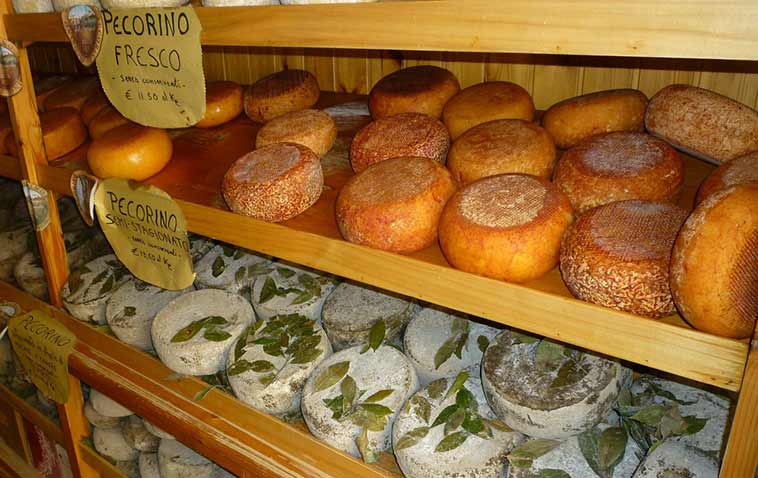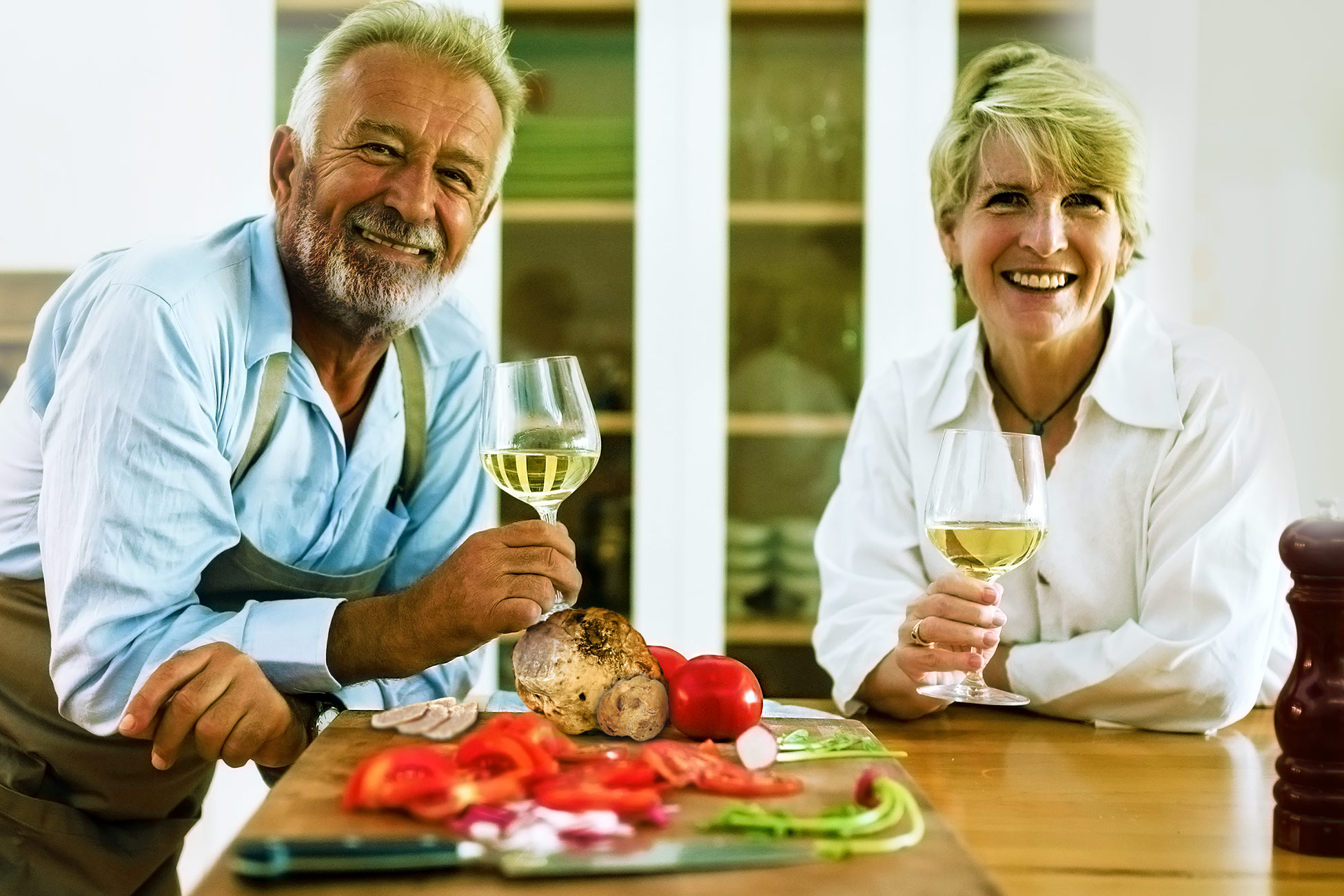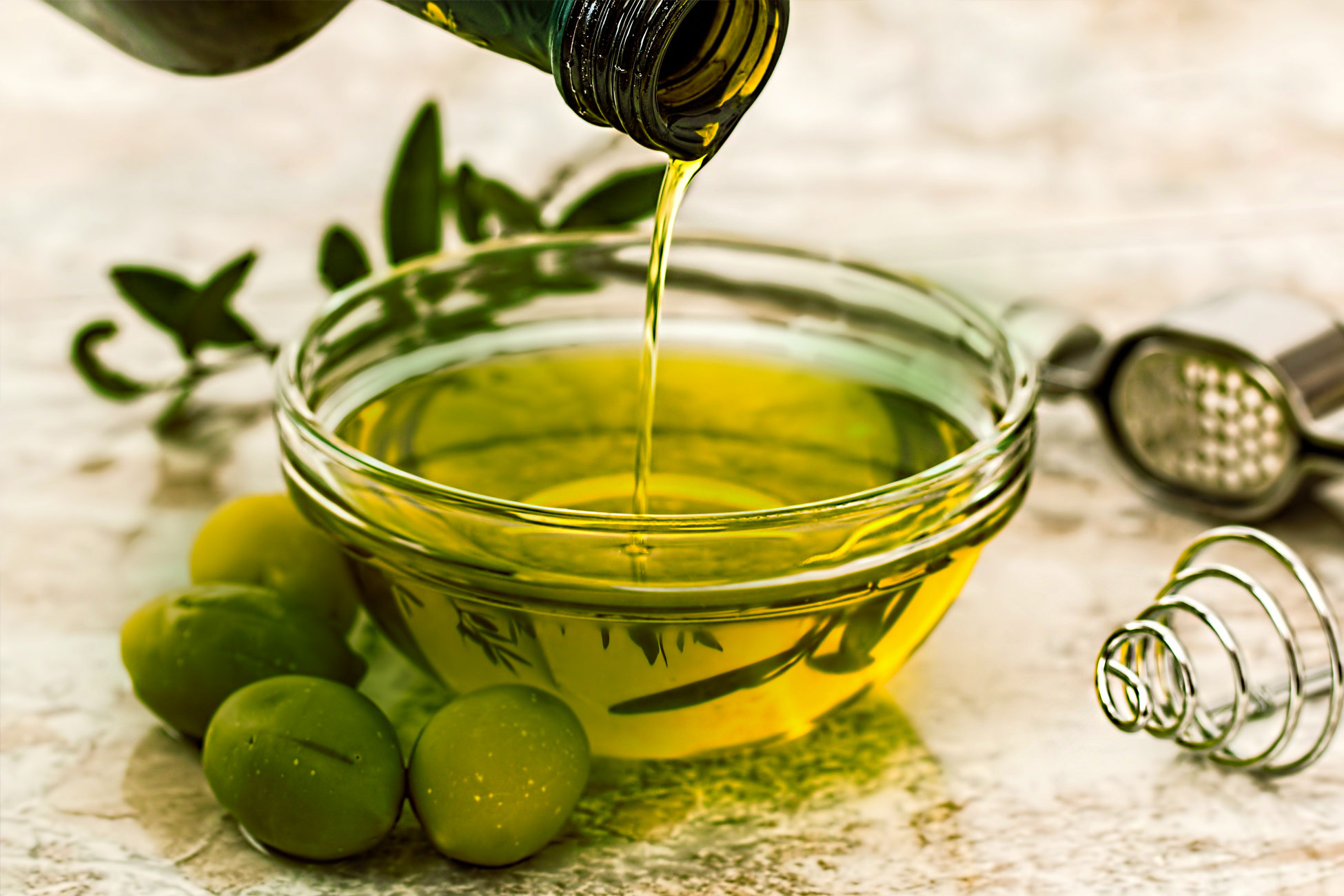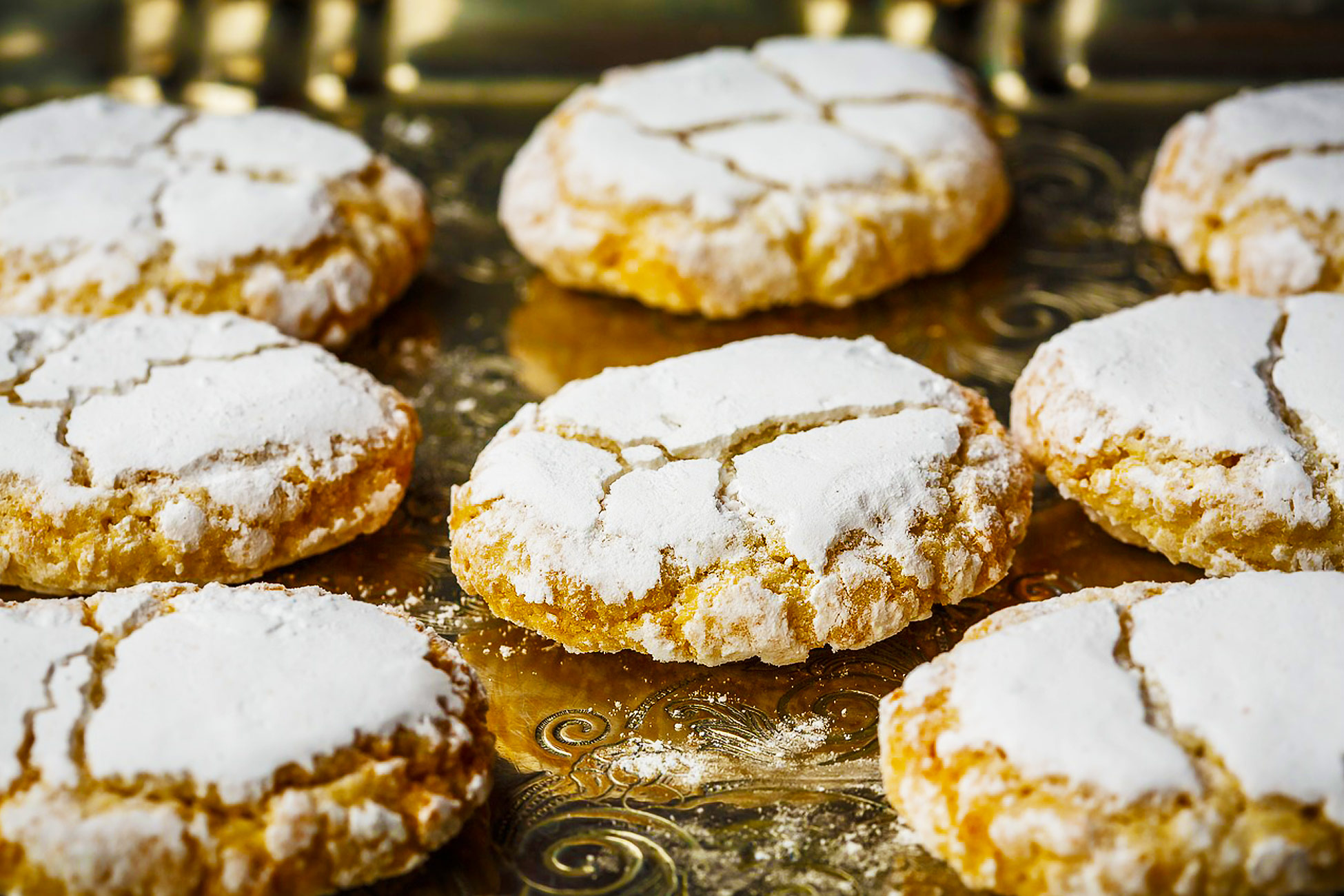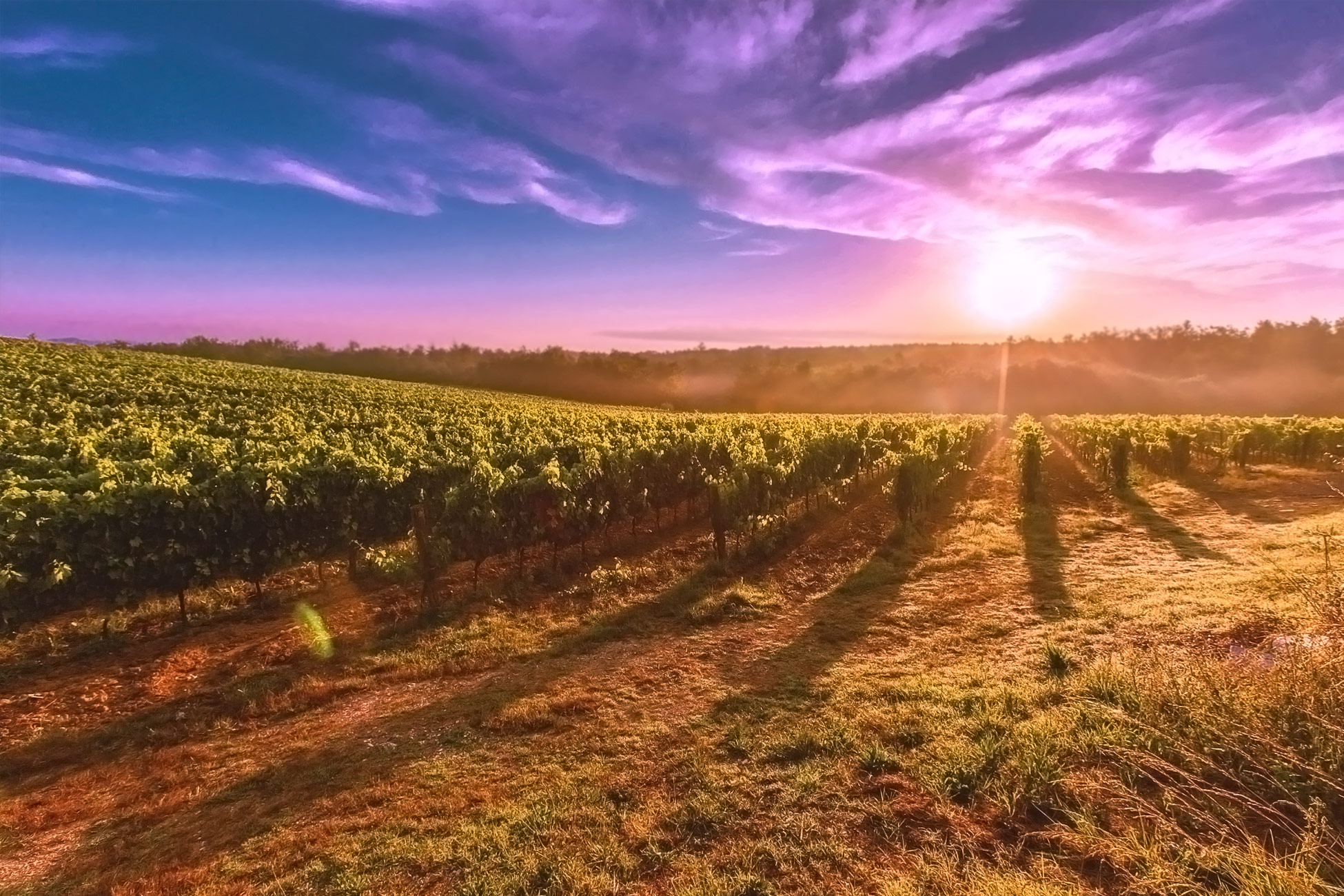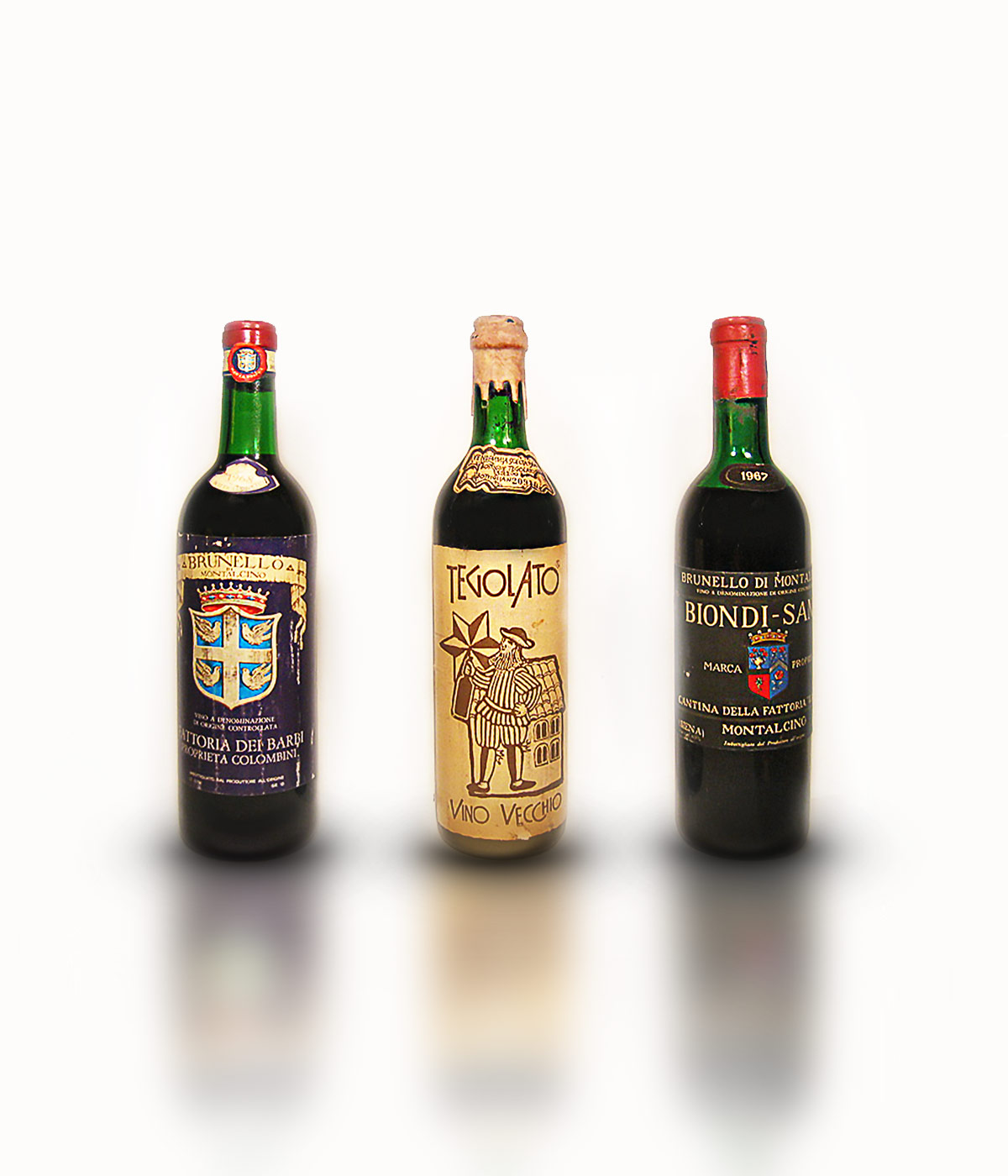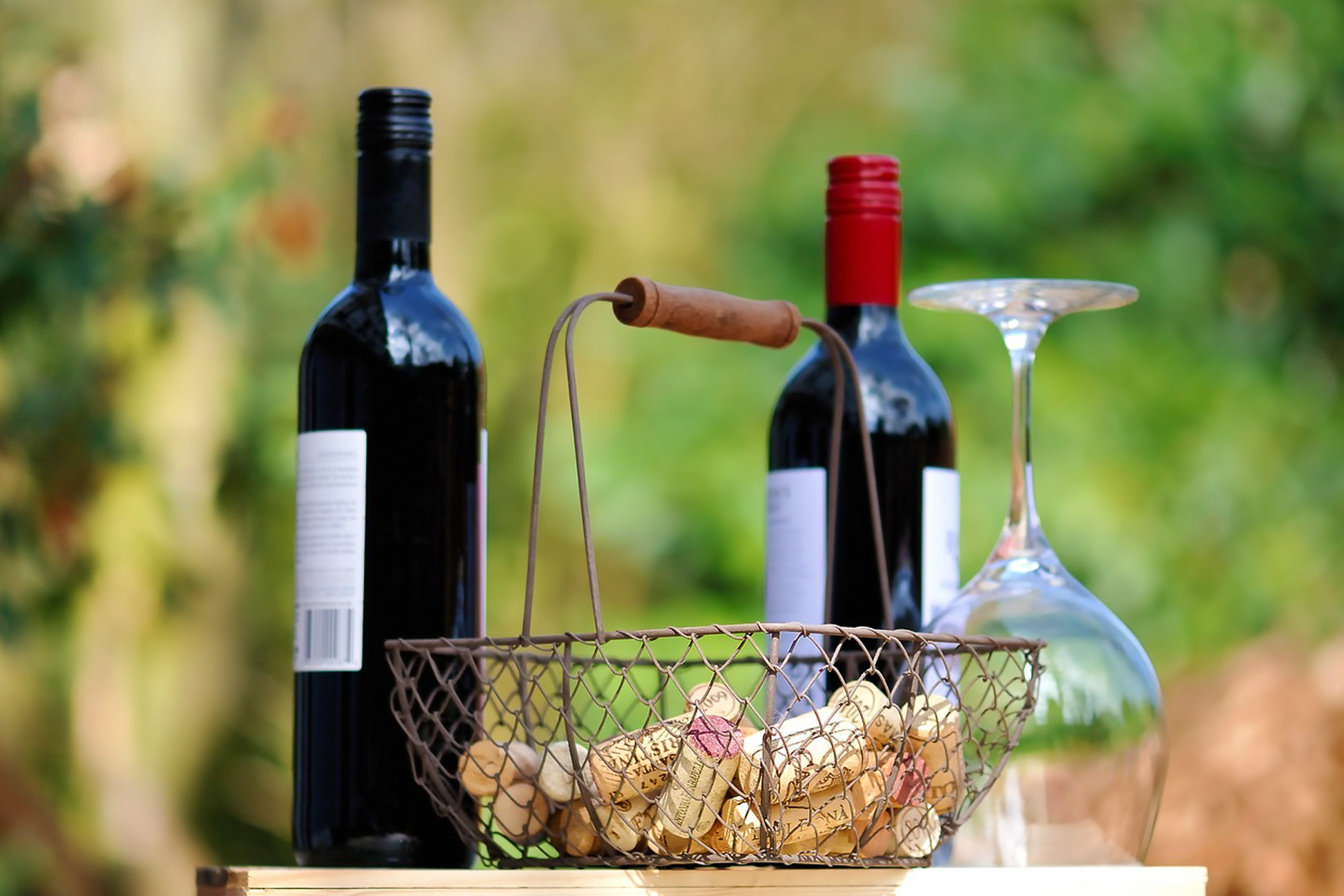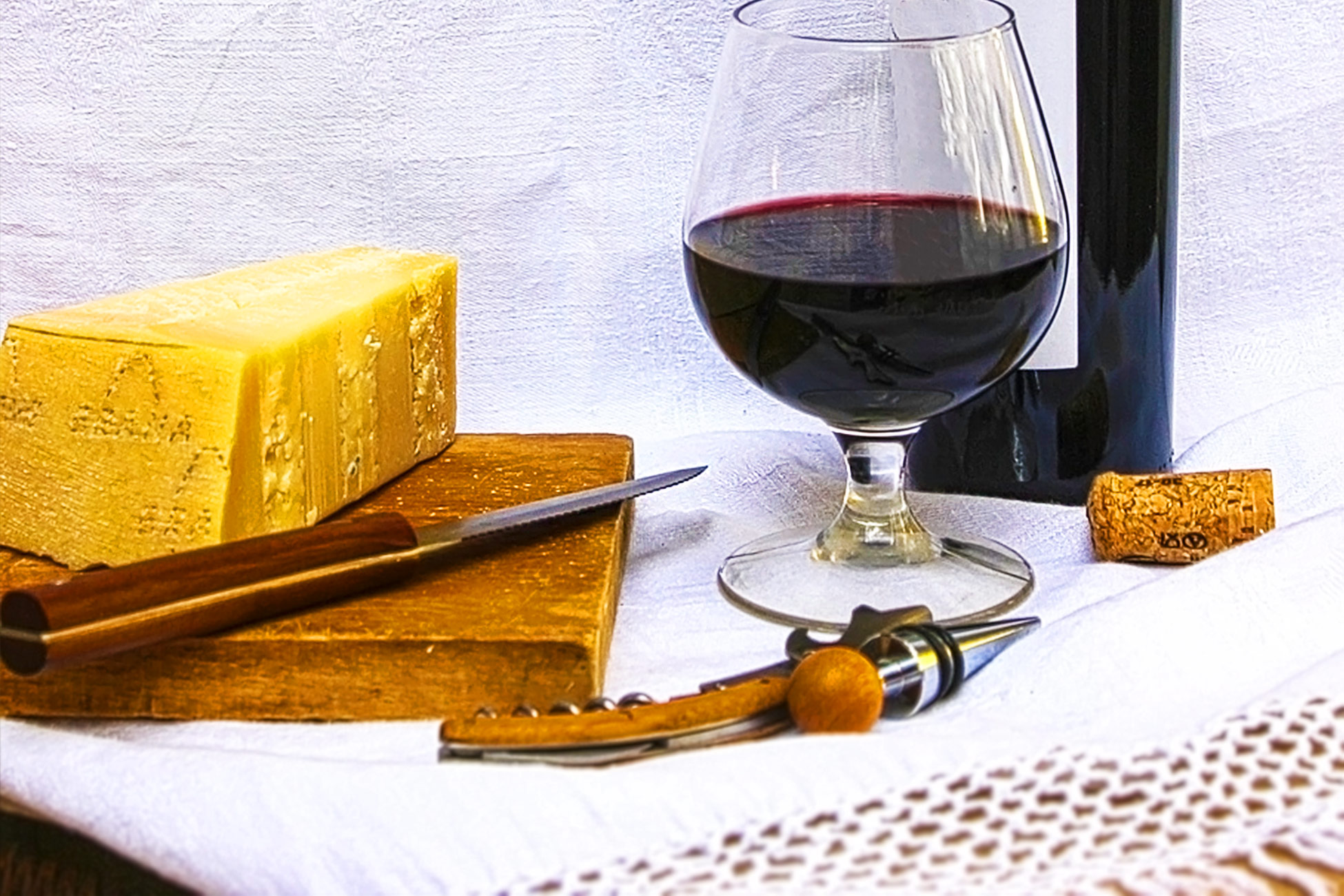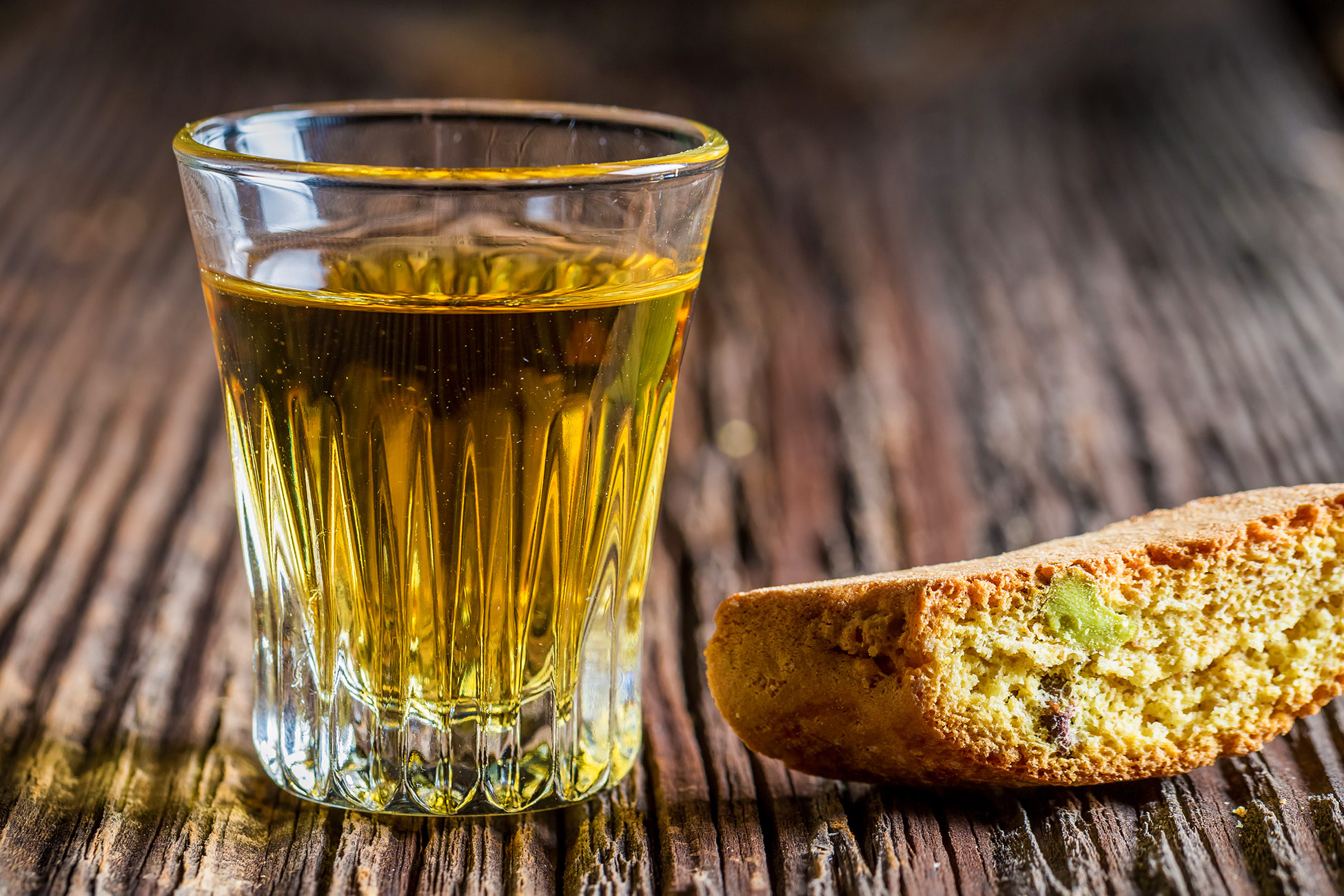Wine Tasting in Tuscany
Tuscany is one of Italy's prime wine regions, and there are many opportunities to tour the wineries and sample their products. One of the best-known wines internationally is Chianti — in fact, due to the many British tourists who have settled in the area where Chianti wine is produced, this specific area has been nicknamed "Chiantishire".
The most notable wines of the area are the red Chianti, Brunello di Montalcino and Vino Nobile di Montepulciano, which are primarily made with the Sangiovese grape, and the white Vernaccia di San Gimignano which has the Vernaccia grape as its basis. Tuscany is also known for the dessert wine Vin Santo, made from a variety of the region's grapes. In the 1970s a new class of wines known in the trade as "Super Tuscans" emerged, which are made outside DOC/DOCG regulations (Denomination of Origin Controlled and Guaranteed) but are considered of particularly high quality and can command high prices.
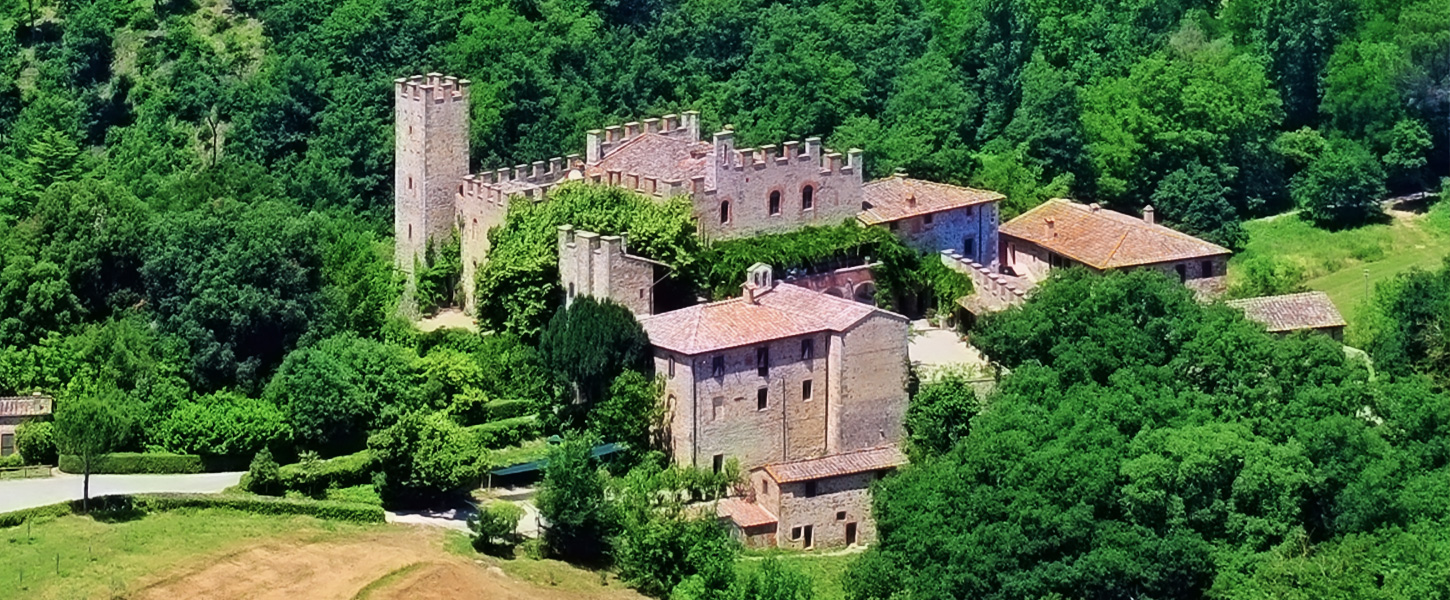 You may also want to look at the Fairs and Local Culture page on this site to read about the various sagre (festivals) that often take place in the fall, providing a bit of local color combined with seasonal specialties served under tents on the streets.
You may also want to look at the Fairs and Local Culture page on this site to read about the various sagre (festivals) that often take place in the fall, providing a bit of local color combined with seasonal specialties served under tents on the streets.
